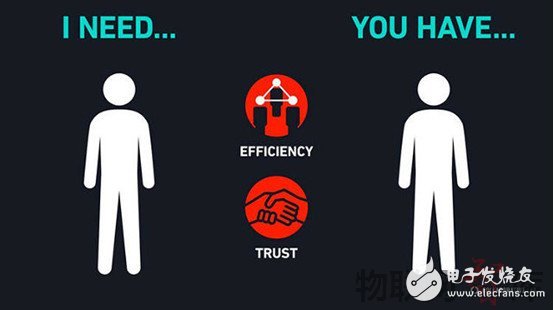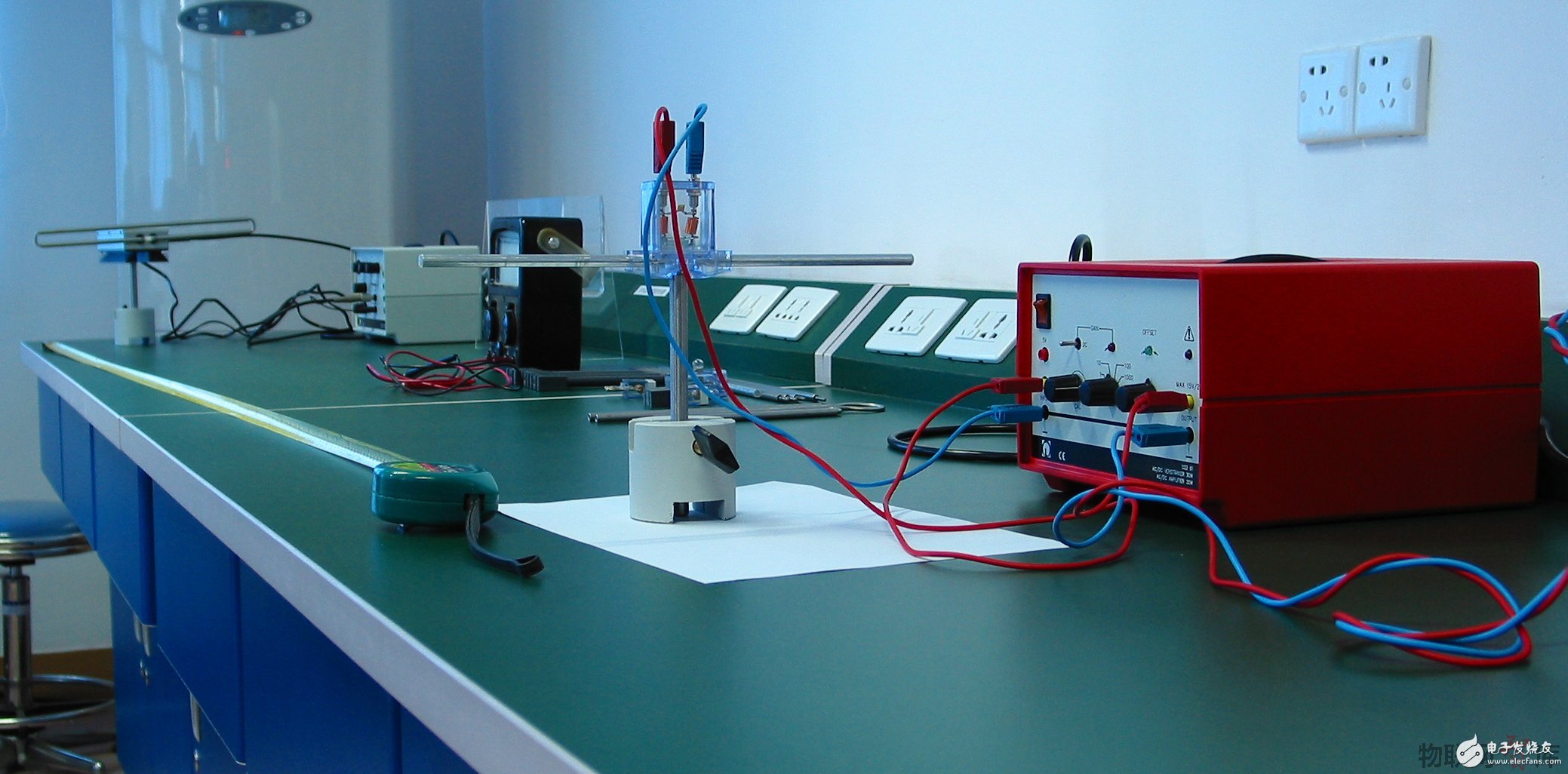Internet of Things to promote shared economic development NB-IoT, LoRa can do something?
The model of sharing economy has been widely integrated into various industries of economic life and has attracted the attention of policy makers. In the 2016 government work report, Premier Li Keqiang emphasized that it is necessary to vigorously promote the “new economy†field including the sharing economy. Rapid development. Of course, the sharing economy is also rapidly becoming a scale with the maturity of basic technologies, and the popularity of the Internet of Things has allowed the scope of the sharing economy to be further expanded. Therefore, when we are familiar with low-power wide-area networks such as LoRa and NB-IoT, the number of devices accessing the network increases, and a large number of devices have a shared basis. Today, we might as well explore some of the elements of the shared economy in low-power WAN commercials. Reduce information asymmetry, the Internet of Things is becoming a key factor in the sharing economy To mention the sharing economy, it is generally defined as an institution or individual with idle resources to transfer the right to use resources to others, the transferor to obtain returns, and the sharer to share the idle resources of others to create value. The most typical representatives are Uber, Airbnb, Didi taxis and other car and hotel sharing platforms. These platforms are suitable for idle resource suppliers and demanders. According to the China Sharing Economic Development Report 2016, China's sharing economy in 2015 was mainly concentrated in six major areas: finance, life services, transportation, production capacity, knowledge and skills, and short-term housing. The market economy always has insufficient allocation of resources. One of the key reasons is information asymmetry, including supply and demand information, product quality information, and consumer behavior information, all of which are black boxes. The supply and demand sides cannot effectively obtain the specific information of the other party. Even the existing mature sharing economy platform is more about reducing the asymmetry of supply and demand information, and it cannot be effective and transparent for product quality and usage information. The third-party platform in the sharing economy is responsible for formulating transaction rules, conducting background review of participants, publishing supply and demand information, playing a coordination function, and reducing transaction costs between participants. These platforms rely on mobile devices, evaluation systems, payment, positioning, etc. Technology acquires more information, and the more it grasps the more confident information, the more secure and orderly the sharing economy can be guaranteed. At this time, to open the "black box" of all kinds of information, the development of the Internet of Things and its related industries has become a key factor. Jeremy Rifkin described a shift in the production and living patterns brought about by the sharing economy in his well-known book, Zero Marginal Cost Society, including distributed energy Internet, mass production, producers, and the era of the class. These form a society with zero marginal cost, one of the key factors is that hundreds of billions of devices and organizations are connected to the Internet of Things. Although people hold different views on the “zero marginal cost†society, it is obvious that the IoT technology can further reduce information asymmetry. All sharable items are embedded into the sensing device, communication device and cloud analysis function, making it a smart connected device. When it enters the sharing mode, the information such as the quality and usage behavior of the item is no longer in the In the black box. Taking the sharing mode of short-term car rental as an example, when there is no IoT assistance, the car information that the short-term rental platform can obtain is provided by the owner unilaterally, and has no knowledge of key information such as car performance and maintenance status. After the car hirer gets the car, the improper use habits of the car can not be supervised in time; and when the various devices of the vehicle have the networking function, after the vehicle data sharing mechanism is formed, the initial condition and the use condition of the vehicle can be done. Go to more transparent information tracking to minimize the risk of this sharing model. Expanding the shared category, low-power wide-area networks to build the foundation of the shared economy In theory, as long as there is a place where the supply and demand resources are not balanced, the sharing model can play a role. However, the transaction cost makes the sharing mode of many items not economic. As analyzed in the previous article, the Internet of Things has greatly reduced the degree of information asymmetry, which has greatly reduced transaction costs and allowed many items to adopt a sharing model. Low-power wide-area networks, as a technology to complement the major shortcomings of the IoT network layer, have greatly expanded the range of identifiable items. (1) Further extend the long tail section to allow more small batches of items to be shared At present, Uber and Airbnb, which are typical of the sharing economy model, are more market-oriented. The number of suppliers and demanders of taxis and renters is relatively large, and economies of scale can largely enable the sharing of economic effects. However, for long-tailed markets such as small-scale, decentralized items, it is difficult to achieve a sharing model. Last week, the author analyzed "Low-power wide-area network will pull the long tail part of the Internet of Things when NB-IoT and LoRa encounter the long tail effect and they pull the "tail" of the Internet of Things longer." Longer, if you can deliver at a lower cost, many of these long tails can be shared. For example, the management of some experimental tools in a large scientific research unit has previously adopted the traditional method of manual registration and use. Because the information is not timely and incomplete, it is very difficult to share between different departments of the unit, not to mention different research. Sharing between units, the utilization of experimental tools is very low; when the unit uses the low-power wide-area network solution for storing and using these experimental tools, the tool idle state can be quickly known, and the experimental tools are between departments and different units. The sharing mechanism between them is established. (2) Low-power wide-area network is an effective way to transmit a large amount of sensor data, which is the information needed to share the economic platform. Due to the small amount of transmitted data, low power consumption and long distance characteristics, low-power wide-area networks are more suitable for the transmission of a large number of sensor non-real-time data. Although these sensors only report a small amount of data each time, and the upload frequency is not high, but the data is the key state information of the device being used. As mentioned above, the quality of the shared object in the shared mode before use and the state of use can not be obtained by the other party and the platform. If some sensors are deployed on the shared object, the key parameters of the shared object are reflected, and the low-power is passed. By consuming a wide-area network for data collection, participants can minimize information asymmetry and reduce the moral hazard of participants regardless of where the shared objects are located. (3) Low-cost information acquisition method, fast access to shared platform Although there are many alternative ways to obtain shared information, many existing IoT solutions can reduce information asymmetry, but low-power wide-area networks are a lower-cost way to obtain information in many scenarios. To reduce information asymmetry, it is not necessary to obtain all the information in the sharing process, but to grasp part of the information that may lead to moral hazard and high transaction costs, and low cost is more important. For example, private parking spaces are also an important target for the future sharing economy. Before the commercialization of low-power wide-area networks, the normal operation of a private parking space sharing platform can be achieved in two ways: The parking space occupancy status is released. One is to modify the parking space, set the parking space sensor, and automatically report the occupancy information of the parking space to the platform. The former method increases the workload of the parking space master. The latter method requires power supply to the parking space sensing device. The traditional cellular network transmission mode consumes a large amount of power, and requires continuous power supply or frequent replacement of the battery. When the low-power wide-area network is commercialized, the parking space owner purchases a sensing hardware similar to the size of the water cup and buryes it in the parking space. After the power-on, the vehicle is connected to the network without configuration, and the parking space information is transmitted, and the battery can be powered for more than 5 years. Thereby minimizing the main workload of the parking space, realizing low-cost information transmission, and ensuring the operation of the private parking space sharing platform. The commercialization of low-power wide-area networks represented by NB-IoT and LoRa is advancing. It is expected that more goods and services can enter the sharing economy mode under the technology, and the development of the Internet of Things will benefit people's production and life. Bark Stop Collar,Best Bark Control,Remote Pet Training Collar,No Shock Bark Collar Elite-tek Electronics Ltd , https://www.aetertek.ca
